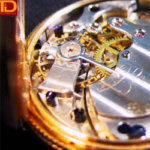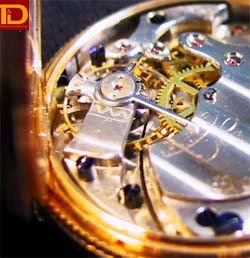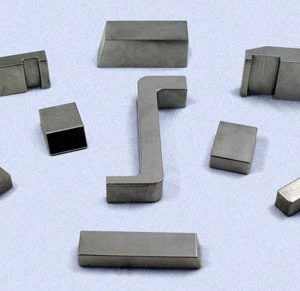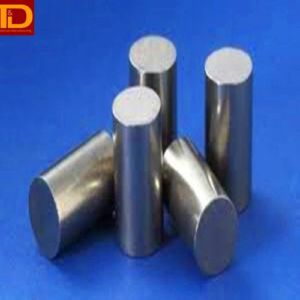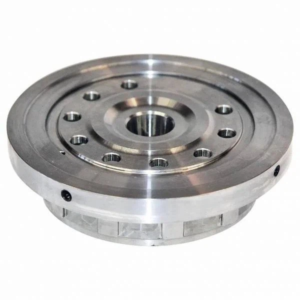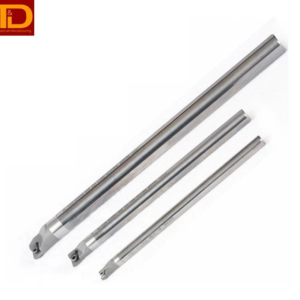How it works?
For a watch to become automatic, the watch uses a semicircular ‘rotor’ – an eccentric weight that pivots within the watch case. The natural movement of the wearer’s arm and wrist causes the rotor to rotate back and forth on its staff, which is connected to a ratcheted winding mechanism. The motion from the wearer’s arm is translated into the rotor’s circular motion, going through a series of reverser and reducing gears, ultimately winding the main spring. Modern self-winding mechanisms feature two ratchets, allowing the mainspring to wind during both clockwise and counterclockwise rotor movements.
A typical watch with a fully wound mainspring can store enough energy reserve for approximately two days, enabling automatic watches to continue running even when not worn. Additionally, these watches often have the option of manual winding by turning the crown, which ensures that they can keep running when not they are not being worn or if the wearer’s arm movements are insufficient to maintain automatic winding.

